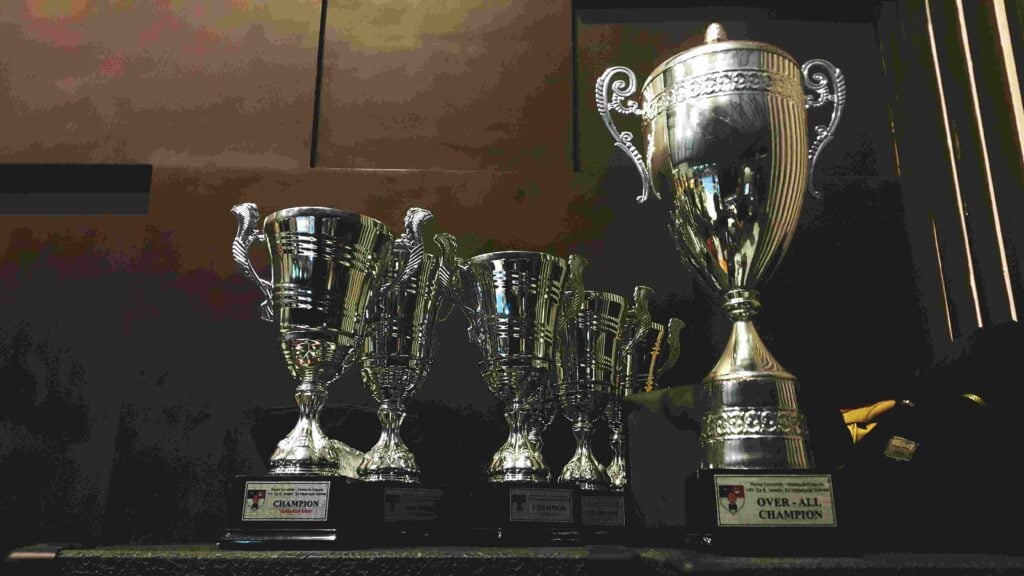Since its 2009 launch, League of Legends has grown from a modest indie title into one of the most complex and content-rich games in the world. At the center of that complexity lies its ever-expanding roster of champions—unique, playable characters that define the strategy, pacing, and identity of each match.
But just how many champions are there in League of Legends? And what does that number say about the game’s evolution?
The Champion Count: More Than Just a Number
The number of champions in League of Legends isn’t just trivia. It’s a reflection of the game’s growth, the creativity of Riot Games, and the community’s demand for diversity in playstyles.

As of early 2025, League of Legends features over 165 champions, with new ones being released approximately 3 to 5 times per year. Each new release introduces new mechanics, new lore, and sometimes entirely new ways to play the game.
This growing number means there’s a champion for nearly every preference—whether you enjoy flashy assassins, tanky frontline warriors, sneaky junglers, or high-damage mages.
A Timeline of Expansion
- 2009 Launch: League of Legends debuted with 40 champions, including fan favorites like Ashe, Ryze, and Annie.
- 2010–2014: Rapid growth period. Riot regularly released a new champion every few weeks.
- 2015–2019: Champion releases slowed slightly, but depth increased. Reworks began—old champions like Sion and Poppy were modernized.
- 2020–2024: Riot struck a balance between new releases and reworks. Champions like Viego, Seraphine, and Milio added new lore dimensions, while classics like Mundo were overhauled.
- 2025 and Beyond: Riot continues to tease new champions tied closely to regional stories and player feedback, aiming to maintain diversity and balance.
Who Becomes a Champion?
The process of designing a new champion is rigorous. Riot’s development cycle involves:
- Gameplay Design: Creating unique abilities and roles that fill gaps in the current roster.
- Visual and Sound Design: Giving each champion a distinctive look and feel.
- Lore Integration: Tying new characters into the broader Runeterra universe.
- Balance Testing: Ensuring new champions are neither too weak nor overpowered at launch.
Riot also listens to player demand—fan favorites and archetypes (like dark mages or bruiser supports) often influence design direction.
What Makes a Champion?
Each champion has:
- Passive Ability: Always active or conditionally triggered mechanic
- Four Abilities (Q, W, E, R): Standard skillset, including an ultimate (R)
- Unique Stats and Playstyle: Ranging from burst damage to healing, crowd control, or mobility
With this structure, the champions in League feel intuitive yet distinct, allowing for thousands of possible matchups.
The Challenge of Champion Diversity
Having over 165 champions creates both opportunity and difficulty:
- Pros:
- Endless replayability
- High skill ceiling
- Creative gameplay and strategies
- Cons:
- Steep learning curve for new players
- Balance issues—some champions always rise to the top or fall to the bottom
- Pro play often favors a limited subset of the roster
Riot combats this with regular balance patches, meta shifts, and even full reworks when a champion becomes outdated or problematic.
Final Thoughts
The number of champions in League of Legends isn’t static—it’s a living figure, growing with the game and the community that surrounds it. Each new addition brings fresh mechanics, lore, and excitement to both casual and competitive play. Whether you’re a veteran or just getting started, there’s always a new champion to discover—or master.
So next time you log in and browse the champion select screen, take a moment to appreciate what over a decade of development has built: a roster that’s not just big, but brilliantly diverse.
Written by:
Christian


